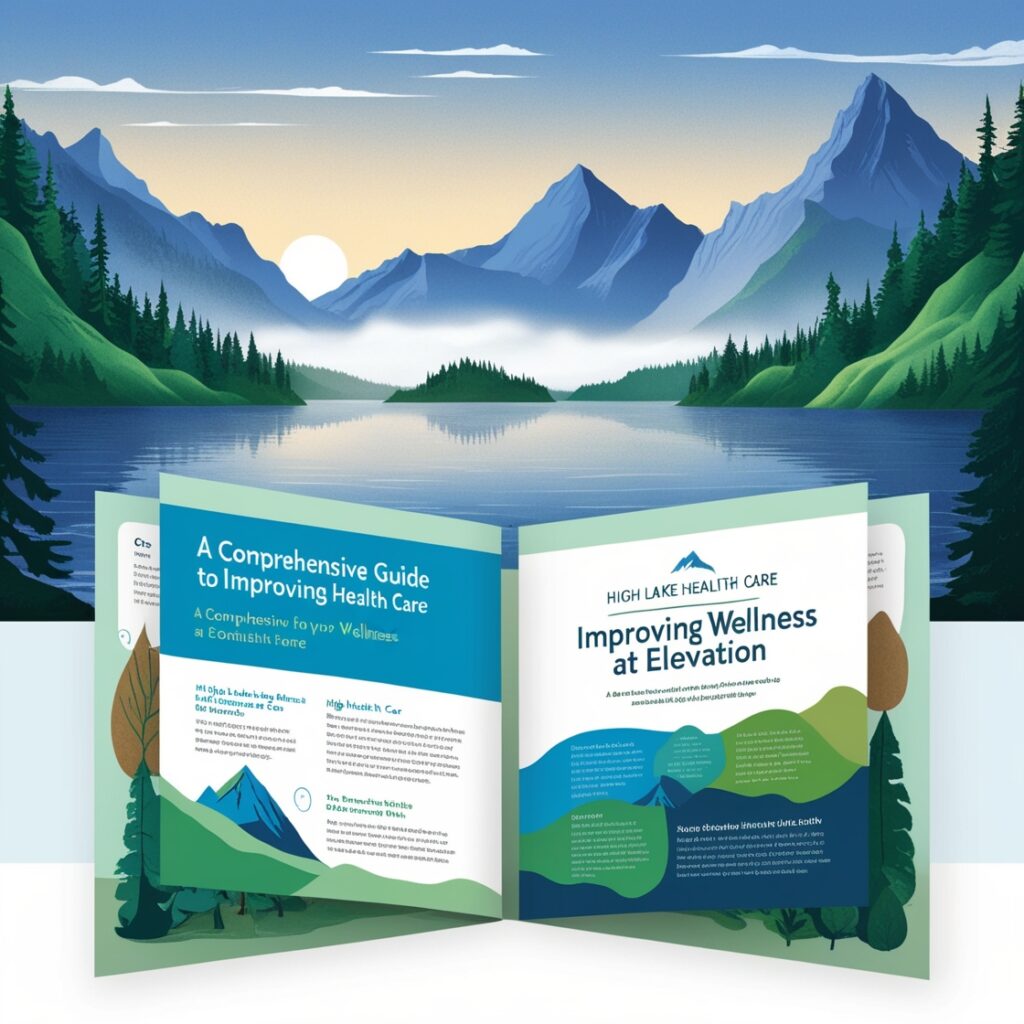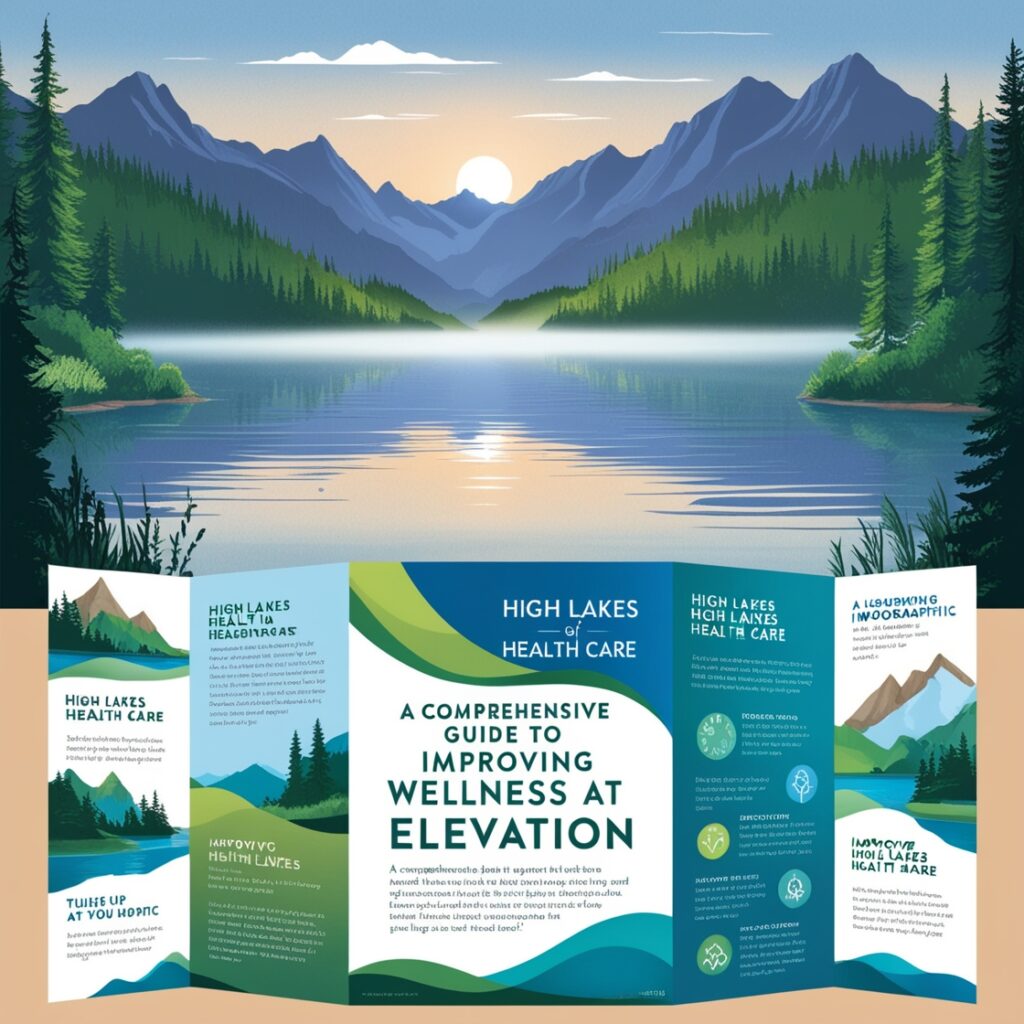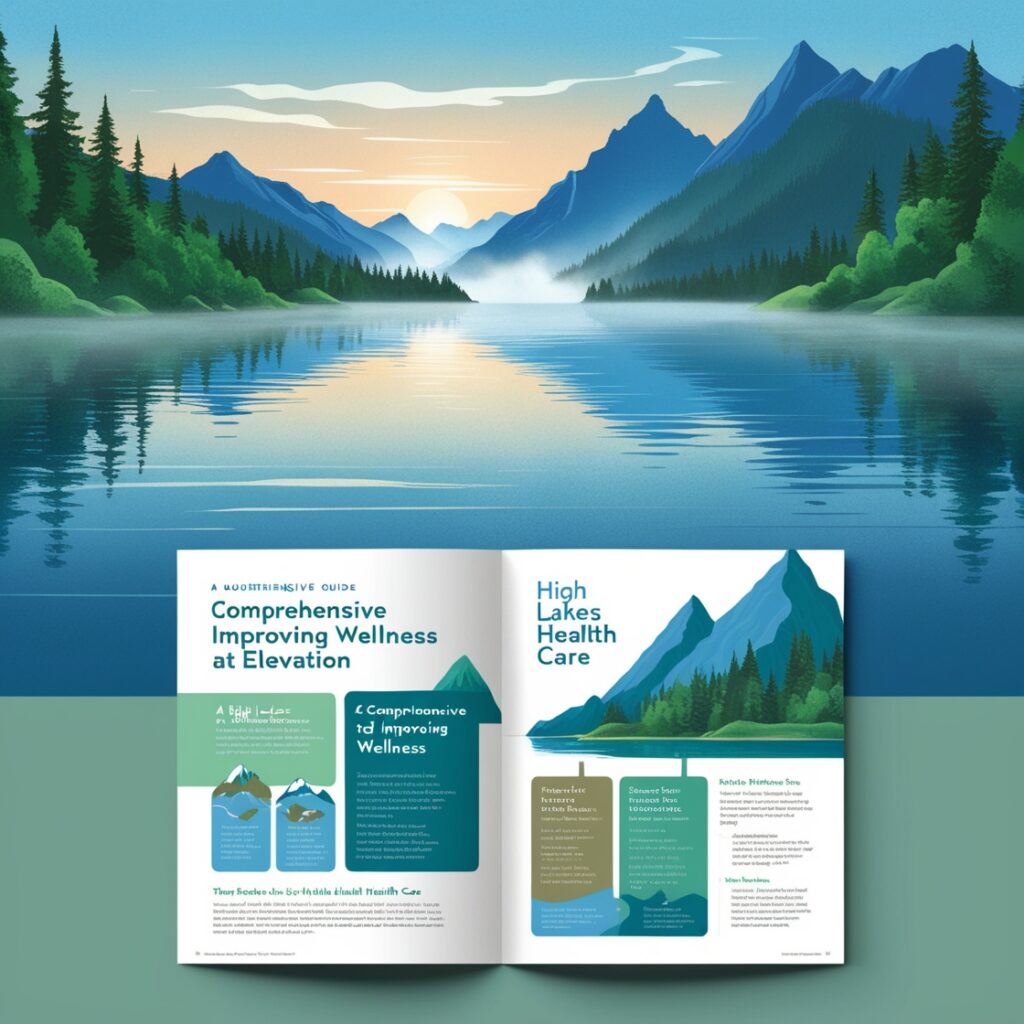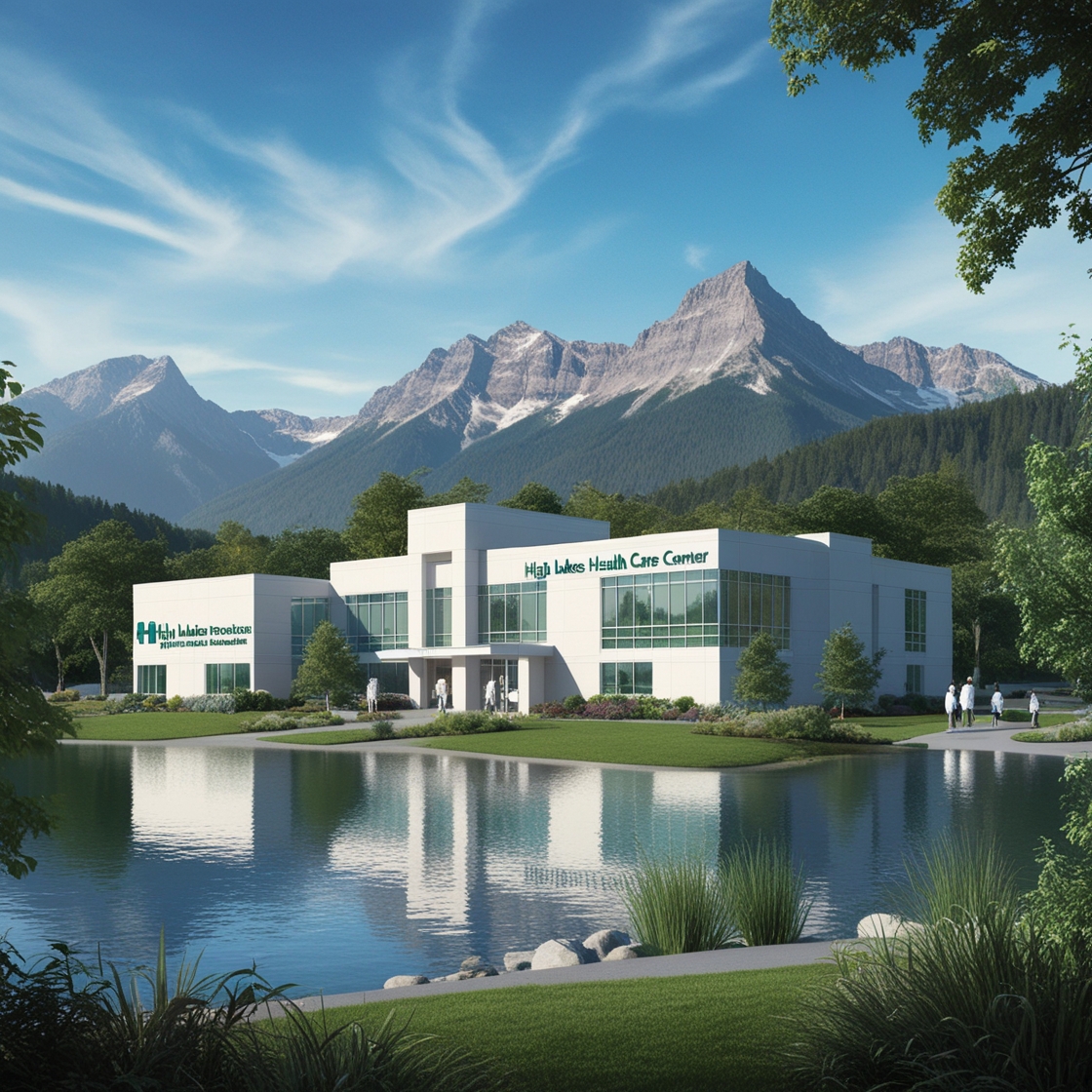High Lakes Health Care is the growing interest and need for medical services and health solutions in high-altitude regions, often near mountain lakes and remote rural areas. These areas, with their unique geographical and environmental characteristics, present opportunities and challenges for healthcare delivery. In this article, we will explore what High Lakes Health Care is, why it matters, and how healthcare systems adapt to these elevated environments to improve health outcomes. Whether you live in or near such areas or are simply curious, this article will give you a deep dive into the world of health care at high altitudes.
Introduction to High Lakes Health Care
Have you ever thought about how living in high-altitude areas can affect your health? The air is thinner, the landscape is rugged, and resources may be limited. But don’t be fooled – high lake areas are not just remote or rugged places; they also require unique healthcare solutions to cater to the needs of people living there. Whether it’s a mountain village, a lakeside town in the Alps, or a remote area of the Rockies, High Lakes Health Care encompasses medical care specifically tailored to these environments.
In this article, we’ll take a look at the many facets of high lakes health care, from overcoming geographical challenges to offering specialized medical services that keep people healthy at high altitudes. By the end, you’ll have a clearer understanding of how this type of health care operates and why it’s so important.

What is High Lakes Health Care?
High Lakes Health Care is a specialized branch of health services designed to meet the unique needs of communities located in high-altitude areas, particularly near lakes or mountain ranges. These areas may have different climates, access to resources, and medical facilities than urban centres, which is why medical practitioners often need to adjust their approach.
Key characteristics of High Lakes health care include:
- Remote Locations: Often located in areas that are hard to reach, requiring innovative solutions for medical access.
- Specialized Services: Given the unique environmental conditions, services may be more specialized, such as care for altitude sickness, extreme cold, and terrain-specific health risks.
- Limited Infrastructure: In some remote high lake areas, hospitals and clinics may be few, requiring people to travel long distances for treatment.
The Challenges of High-Altitude Health Care
Living at high altitudes, especially near lakes or in mountainous terrain, poses several challenges. The thin air, extreme temperatures, and isolation can all contribute to complications in delivering effective healthcare.
Some key challenges include:
- Oxygen Levels: At higher altitudes, there is less oxygen in the air. This can lead to conditions like hypoxia, where the body does not get enough oxygen, which can be dangerous if not managed properly.
- Limited Access to Health Facilities: Rural and high-altitude regions often have fewer medical centres, which means healthcare delivery might rely more heavily on telemedicine or mobile units.
- Transportation: Getting patients to hospitals or clinics quickly in case of an emergency is often a significant logistical challenge.

The Benefits of Living in High Lakes Areas
While living at high altitudes presents challenges, it also has many benefits, including a cleaner environment, lower pollution levels, and a more active lifestyle.
Some benefits of high lake living include:
- Fresh, Clean Air: High-altitude regions often have pristine environments with less air pollution, contributing to better respiratory health.
- Physical Activity: Residents and visitors often enjoy outdoor activities such as hiking, skiing, and mountain biking, which improve cardiovascular health.
- Lower Risk of Some Diseases: High-altitude areas have lower rates of certain illnesses, such as heart disease and some types of cancer, due to less air pollution and more physical activity.

Altitude and Its Impact on the Human Body
High-altitude areas can have a profound impact on the human body, both physically and mentally. The lower oxygen levels at altitudes above 8,000 feet (2,400 meters) can lead to conditions like altitude sickness.
Common altitude-related health issues include:
- Acute Mountain Sickness (AMS): Symptoms include headache, nausea, dizziness, and fatigue.
- Chronic Mountain Sickness: This condition can develop in individuals who live at high altitudes for extended periods, leading to difficulties with breathing and low oxygen levels in the blood.
- Respiratory Issues: Due to thinner air, people may experience shortness of breath or other respiratory issues, particularly if they have pre-existing conditions like asthma.
How Health Care Providers Adapt to High-Altitude Needs
Healthcare providers in lake areas must adapt to the challenges posed by the environment. This includes specialized training and equipment to deal with altitude-related issues.
Adaptations include:
- Oxygen Therapy: Many high-altitude clinics provide oxygen supplementation to patients who need it.
- Telemedicine: With limited access to healthcare facilities, telemedicine has become an essential tool, allowing patients to consult with specialists remotely.
- Emergency Evacuations: In extreme cases, patients may need to be evacuated to lower altitudes for treatment, requiring helicopters or other air transport.
High Lakes Health Care Facilities and Infrastructure
Healthcare infrastructure in lake areas may be less developed than in urban centres, but advancements in mobile healthcare units and telemedicine are making care more accessible.
Innovations include:
- Mobile Health Clinics: These units can travel to remote areas to offer medical services, ensuring people living in lake regions have access to care.
- Telemedicine: This allows residents to consult with specialists remotely, reducing the need to travel long distances.
- Community Health Workers: In some areas, community health workers are trained to provide basic medical care and monitor the health of residents.
Mental Health Considerations at High Altitudes
Living at high altitudes can also affect mental health. Reduced social interaction, isolation, and harsh weather conditions can contribute to conditions such as depression and anxiety.
Addressing mental health:
- Teletherapy: Mental health professionals can offer counselling and therapy via phone or online platforms, helping people in remote areas manage their mental well-being.
- Community Support: Building strong local communities can help reduce feelings of isolation and create a supportive environment for residents.
Common Health Issues in High Lakes Areas
Certain health issues are more prevalent in high lake areas, especially those related to the unique environment and lifestyle.
Common issues include:
- Altitude Sickness: As mentioned earlier, this can range from mild symptoms like headaches to more severe cases of oedema or cerebral complications.
- Cold-Related Injuries: Frostbite and hypothermia are risks due to the cold temperatures often found in high lake areas.
- Joint and Muscular Strain: Physical activity in rugged terrains can lead to overuse injuries, especially in the knees, hips, and lower back.
Health Tips for Living at High Altitudes
If you live in or visit high lake areas, there are several things you can do to stay healthy and minimize the risks posed by the environment.
Health tips include:
- Stay Hydrated: The dry air at high altitudes can cause dehydration, so it’s essential to drink plenty of water.
- Avoid Overexertion: Give your body time to adjust to the altitude to avoid overexertion.
- Wear Warm Clothing: Even in the summer, temperatures can drop drastically at night, so always dress in layers.
How Technology is Shaping Health Care at High Lakes
Technology has played a pivotal role in improving healthcare delivery in lake regions. Innovations like telemedicine, mobile clinics, and even drones to deliver medicines are transforming healthcare access in remote locations.
Technological innovations
- Telemedicine: It allows rural populations to consult with specialists and access healthcare services that would otherwise be unavailable.
- Drones for Medicine: Some remote areas use drones to deliver essential medicines or vaccines.
Emergency Medical Services in Remote Areas
In high lake areas, emergency services are often harder to access, making fast response times crucial. Helicopters, drones, and other rapid transport methods are vital for getting patients to the hospital quickly.
<script type="application/ld+json">
{
"@context": "https://schema.org",
"@type": "BlogPosting",
"mainEntityOfPage": {
"@type": "WebPage",
"@id": "https://healthyhappened.com/wp-admin/post.php?post=17&action=edit"
},
"headline": "High Lakes Health Care- A Comprehensive Guide to Improving Wellness at Elevation",
"description": "We believe that health is more than just a goal—it’s a way of life. At Healthy Happened, we’re here to inspire, educate, and empower you to take charge of your well-being.",
"image": "https://healthyhappened.com/wp-content/uploads/2024/11/Leonardo_Phoenix_A_serene_and_informative_illustration_depicti_1-1-1024x1024.jpg",
"author": {
"@type": "Organization",
"name": ""
},
"publisher": {
"@type": "Organization",
"name": "",
"logo": {
"@type": "ImageObject",
"url": ""
}
},
"datePublished": ""
}
</script>

